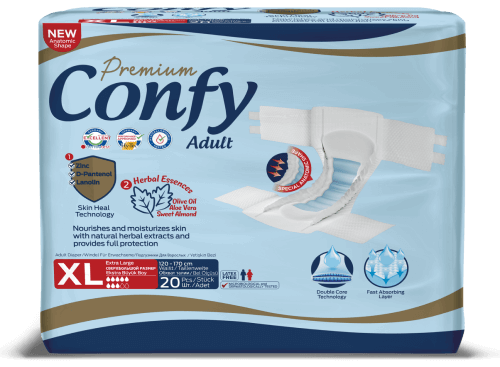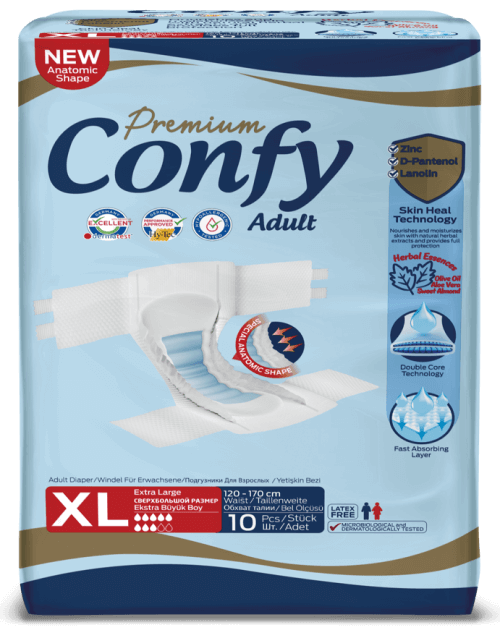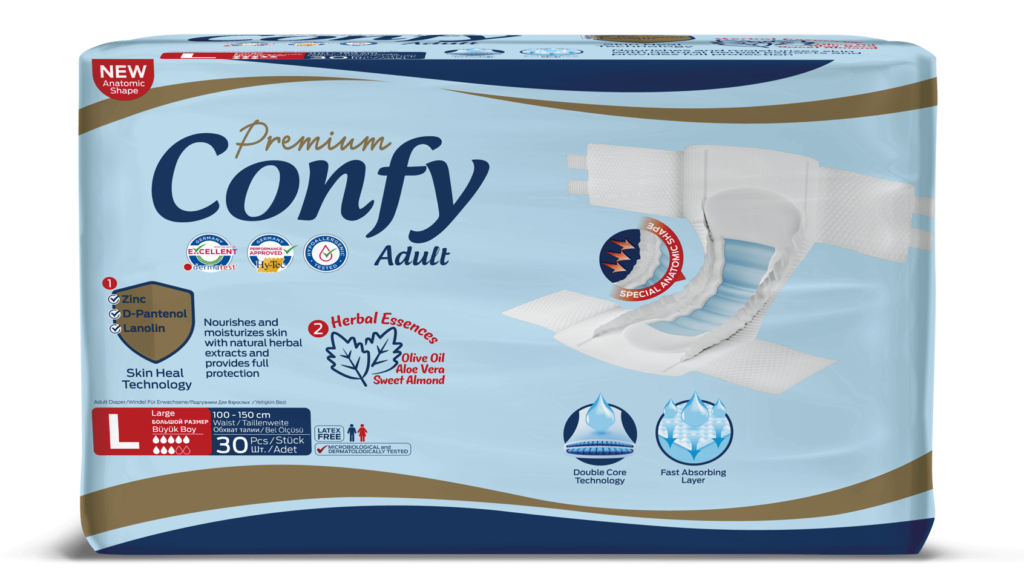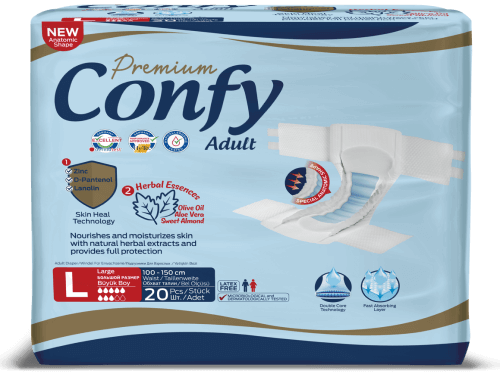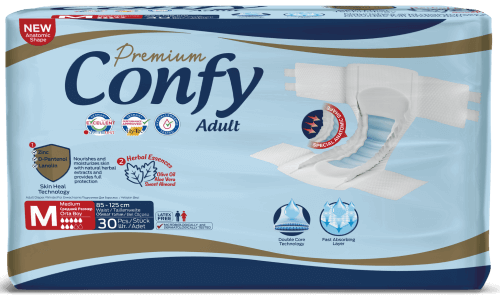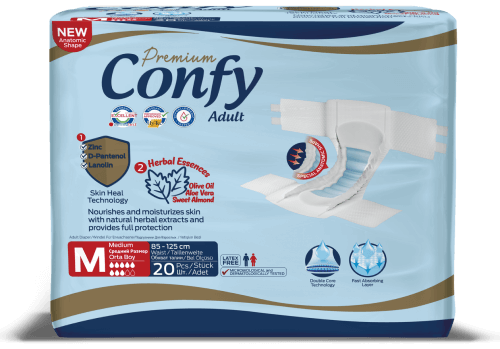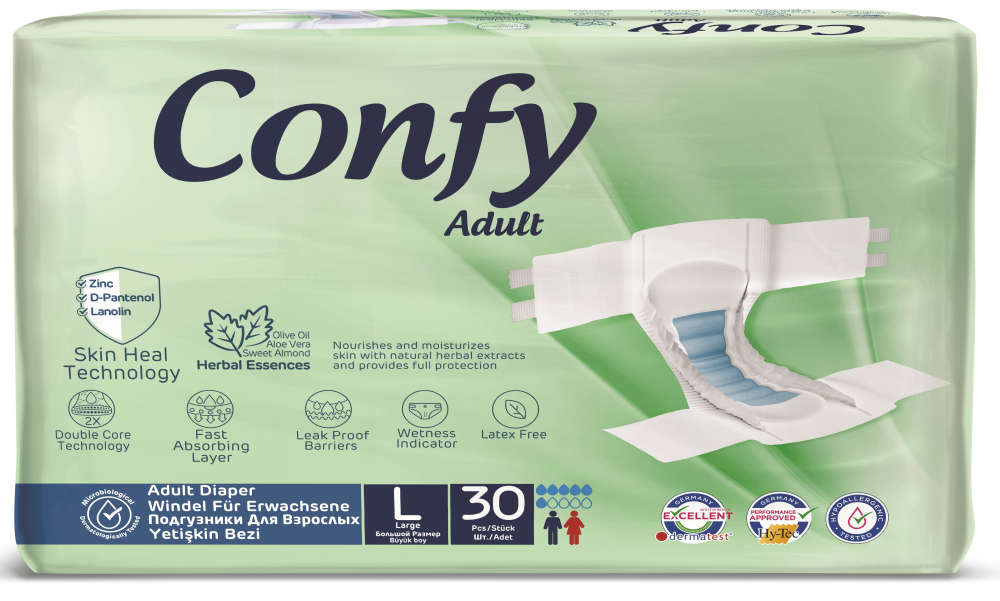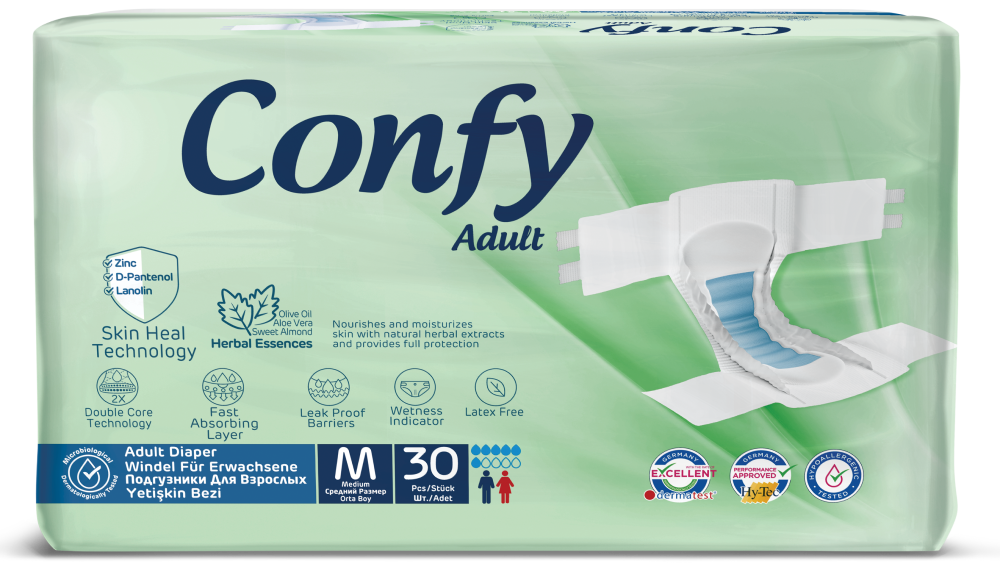How Does Incontinence Affect Day-to-Day Life and Patients’ Life Quality?

Urinary incontinence means lack of voluntary control over urination. Urinary incontinence is not just a childhood condition; it affects people, both men and women, across all age spectrums. However, urinary incontinence is more common in older women than men.
What are the Symptoms of Urinary Incontinence?
Urinary incontinence might be caused by hormone deficiency, urinary tract infection, birth or some previous surgical operations. Obesity and diabetes, along with old age, can also cause urinary incontinence. Genetic factors can also affect urinary incontinence. Urinary incontinence can have a sudden involuntary onset or patients might find themselves dribbling urine. The patient may not even be aware they are dribbling urine. If you have urinary incontinence, you need to monitor yourself carefully. For example, if you urinate very often during the day, and if you experience pain and burning during urination, these may be signs of infection. Also, if you have difficulty urinating or are unable to urinate despite the urge to urinate, and if you have frequent urinary tract and bladder infections, these can be considered symptoms of urinary incontinence.
What are the Reasons of Urinary Incontinence?
Dribbling urine, medically known as urinary incontinence, can be due to certain diseases and some special conditions. These reasons may be due to physical factors, as well as to some underlying disease or genetic factor. Obesity, advanced age, genetics, constipation, diabetes are considered the most common causes of urinary incontinence. Apart from this, individuals with Alzheimer’s disease and those staying in care homes may experience frequent cases of urinary incontinence.
What Causes Urinary Incontinence in Women?
Urinary incontinence can affect both sexes. However, it is more common in women than men. Incontinence may also worsen with age. Vaginal infections, or menopause may cause the condition in women. Also, multiple pregnancies or difficult childbirth experiences can trigger urinary incontinence. Due to the formation of a fistula (the path/gap between the vagina and the bladder) between the vagina and the bladder, urine may ooze from the vagina. Patients must get themselves checked by a physician if they have any of these symptoms.
What Causes Urinary Incontinence in Men?
Urinary incontinence in men is much less common than in women. The causes of urinary incontinence in men are generally advanced age, obesity and prostate problems. People with prostate problems may experience pain or not be able to fully empty their bladder even if they go to the toilet to urinate. For this reason, disorders such as prostate enlargement can also cause incontinence.
How Is Incontinence Treated?
Urinary incontinence can occur due to certain day-to-day life situations. Coughing, sneezing, running, jumping, etc. increases the pressure in the urinary bladder, causing urinary incontinence. In addition, stress or some psychological diseases including depression can also trigger urinary incontinence. It is important for individuals to feel comfortable in such situations. A number of relaxation exercises are recommended for individuals with urinary incontinence. Elderly individuals may experience urinary incontinence more frequently. For individuals in need of care who experience this situation, it may be necessary to use leak-tight, soft and fully protective patient diapers.
The diaper must fit the patient’s body. It is extremely important in terms of skin integrity and patient health that patients’ skin is kept dry and regularly moisturized. On the other hand, individuals who can care for themselves can have some diagnostic tests done to detect urinary incontinence. Clinical history taking is vital in understanding the underlying causes. After the patient’s history is taken, a physical examination is done and also a urinary test may be requested. Your doctor may also ask you to keep a bladder diary. It is an assessment tool that allows patients to record how much and how often they urinate. In addition, any medications taken, smoking and alcohol use, and previous surgical operations are also important in terms of examining urinary incontinence. After the necessary tests and examinations, urinary incontinence treatment is started. There are many treatment methods available to prevent urinary incontinence.
Dietary changes, quitting smoking and giving up alcohol, reducing or even avoiding caffeine consumption may help to relieve some symptoms. Kegel exercises are also one of the most frequently used methods for individuals experiencing urinary incontinence. Kegel exercises activate pelvic floor muscles, helping to develop the muscles and thus prevent urinary incontinence. Some cases of incontinence can be treated with drugs or by surgery so patients will no longer have their quality of life affected.




